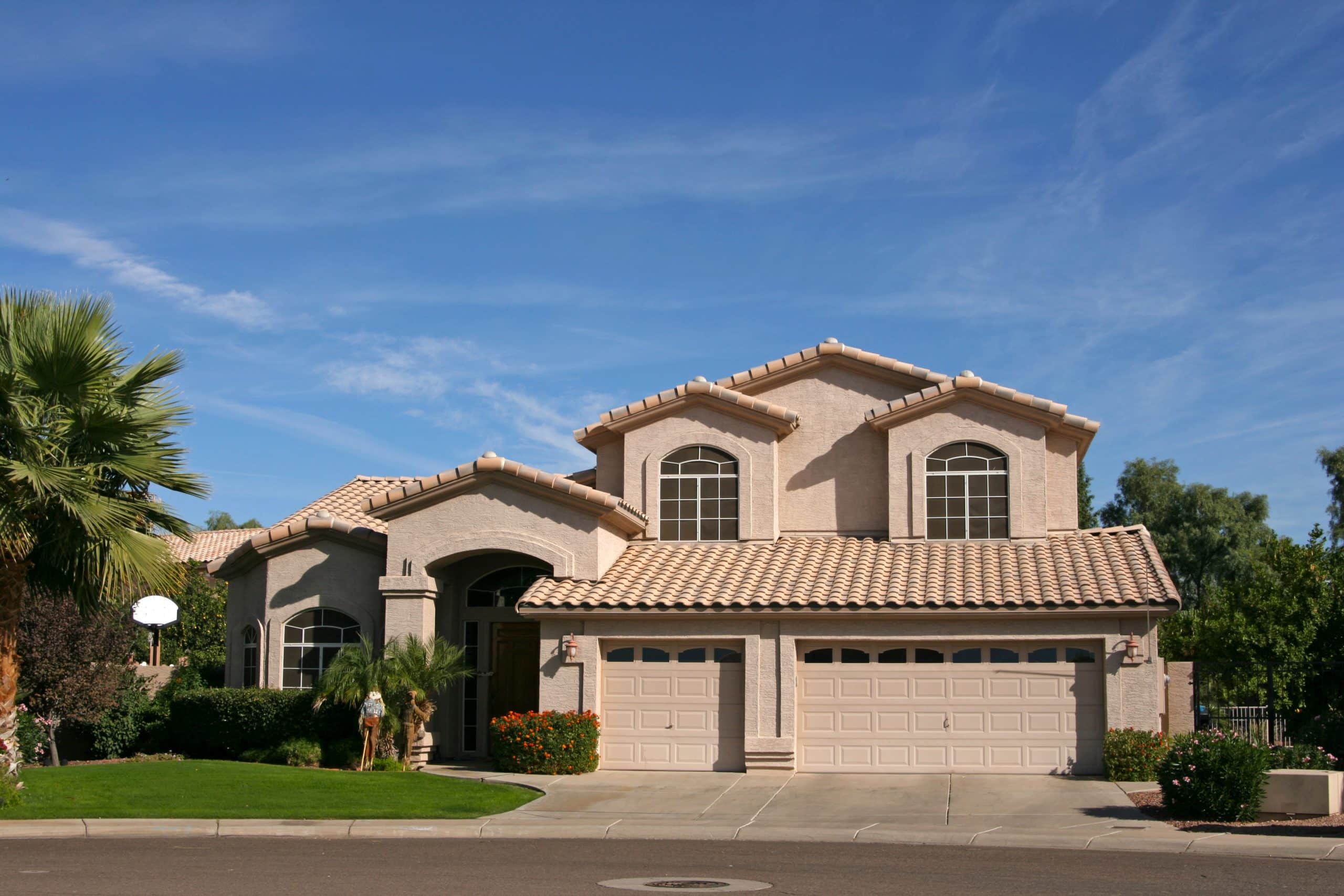![]() Phoenix, Arizona: 602-932-1623
Phoenix, Arizona: 602-932-1623
![]() Phoenix, Arizona: 602-833-1185
Phoenix, Arizona: 602-833-1185

February 20, 2017
With various designs to choose from, roof tiles are something to consider since they offer a distinct and attractive appearance. Roofs can indeed be a costly investment especially if you consider using concrete or clay tiles. Even though expensive, it offers great benefits which include durability, long life, a distinct look and only needs low maintenance and is extremely safe. Coming in a multitude of shapes, colors and profiles, there will definitely be something at par with the architectural style of your house.
Concrete tiles are a mix of water, sand and cement which are then molded under high pressure and heat. The exposed area of the tile can then be finished off with a paint-like material to give that extra curb. With features like added water locks and interlocking ribs on the edges, it can undoubtedly prevent water infiltration. Similar to concrete, the surface of clay tiles can be textured or smooth and edges can be uniform or ragged. If installed the proper way, concrete tiles are resistant to fire, wind and also hail which provides maximum safety for your family and personal belongings as well.
When it comes to clay tiles, it is produced by baking molded clay. Depending on the length of time and the temperature at which it is heated, the density of the clay is determined. There are various shades of clay tiles to choose from but the most popular would be the color Terra-Cotta.
If you are unable to select the perfect shade for your house, do not worry, there is still something that can be done. There is a process called “ceramic” where enamel is sprayed over the tile before baking it. Due to the high temperatures of the kiln, color is permanently bonded to the clay tile making it impossible to get peeled or fade. Thus, there can be a wide variety of colors finishes and styles to choose from.
Since these products are earth-derived, they are environmentally friendly and easily recycled. Because of the unique way it is shaped, clay tiles offer protection to the underlayment of your roof which also creates air pockets that help insulate and isolate undesirable heat or cold from transferring to the attic space.